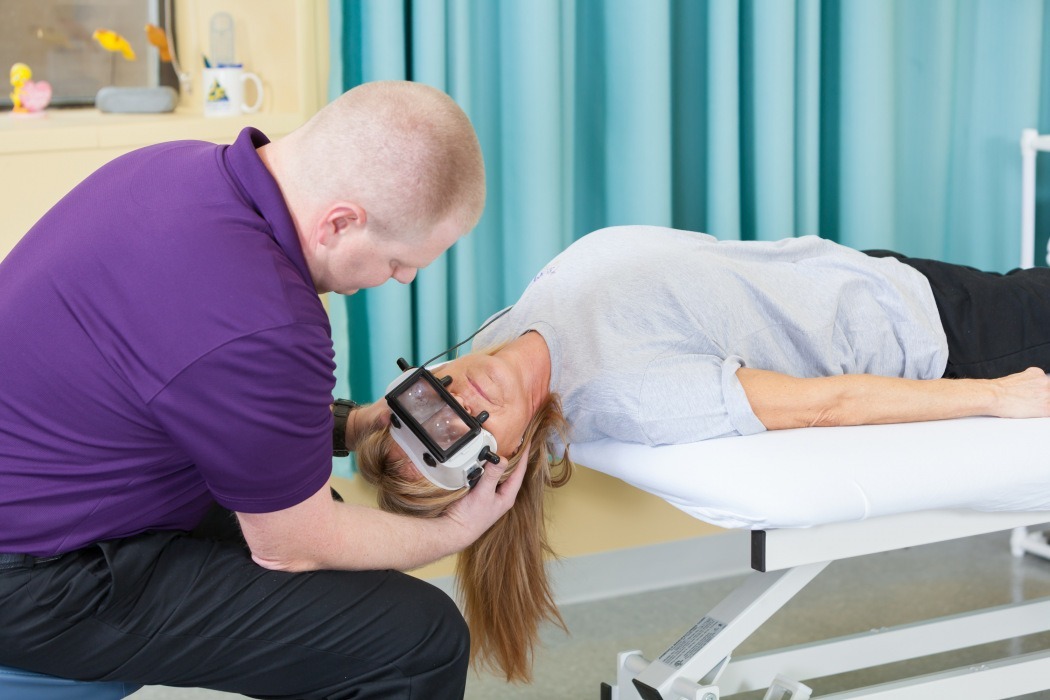The vestibular system includes the parts of the inner ear and brain that operate the sensory information involved with controlling balance and eye movement.
The result of an injury or disease to these areas is a vestibular disorder. There are many types of vestibular disorders, with the most common being Benign paroxysmal positional vertigo (BPPV), labyrinthitis, vestibular neuritis, Meniere’s disease, and Perilymphatic fistula (PLF). You can even get Vestibular therapy from professional physiotherapists and massage therapists who are fully qualified to diagnose and treat pain, injuries, and chronic conditions.

Image Source: Google
Benign paroxysmal positional vertigo is the most common cause of positional vertigo, which gives the person a sudden feeling of swaying and spinning. This type of disorder occurs when a miniature calcium crystal in one part of your ear moves to another.
Labyrinthitis is an inner ear infection that takes place in a structure called the labyrinth. This disorder affects not only a person’s balance but also causes ear pain, pressure, nausea, and high fever.
Labyrinthitis can be well treated with an antibiotic if it’s a bacterial infection, or through steroids that bring the inflammation down.
Vestibular neuritis is a viral infection that transpires somewhere else in the body, not in the vestibular system. However, these infections can affect the nerves that send out sound and balance information to your brain.
People who suffer from Meniere’s disease undergo sudden attacks of vertigo and tinnitus, which is a constant ringing or buzzing noise in the ear. This disease is caused by too much fluid in the inner ear.
Finally, the Perilymphatic fistula (PLF) is a defect between the middle ear and the fluid-filled inner ear. This vestibular disorder causes hearing loss and keeps the person affected in a constant state of dizziness.
